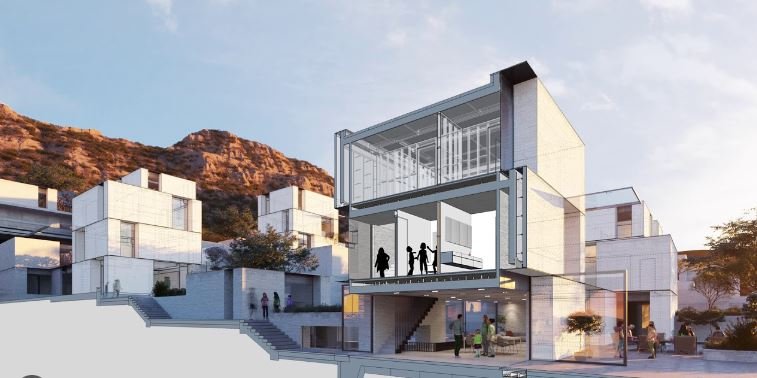Pushing the Boundaries of Architectural Design
Innovative architectural design continuously evolves, pushing the boundaries of creativity, technology, and sustainability. Architects around the world are reimagining spaces to meet the needs of modern society, blending functionality with aesthetic appeal. This dynamic field challenges conventions and inspires groundbreaking structures that redefine our built environment.

Embracing Sustainable Design
Sustainable design lies at the forefront of modern architecture. Architects are incorporating eco-friendly materials, energy-efficient systems, and green technologies to minimize environmental impact. Buildings now feature solar panels, green roofs, and rainwater harvesting systems. These innovations reduce carbon footprints and promote a harmonious relationship with nature, ensuring a healthier planet for future generations.
Integrating Smart Technology
Smart technology integration transforms how we interact with buildings. Intelligent systems control lighting, heating, and security, enhancing convenience and energy efficiency. Smart homes and offices use sensors and automation to create responsive environments that adapt to occupants’ needs. This technological leap not only increases comfort but also optimizes resource use, making buildings more sustainable and efficient.
Exploring New Materials
Architects are experimenting with new materials to achieve unique aesthetic and structural outcomes. From transparent concrete to self-healing polymers, these materials offer novel possibilities. Innovative use of recycled materials and biomaterials also reduces waste and environmental impact. These advancements allow architects to create visually stunning and resilient structures that stand the test of time.
Designing for Flexibility and Adaptability
Flexible and adaptable design addresses the changing needs of society. Architects create multifunctional spaces that can transform to serve various purposes. Movable walls, modular furniture, and adaptable layouts make spaces versatile and future-proof. This approach ensures that buildings remain functional and relevant in the face of evolving lifestyles and work patterns.
Incorporating Biophilic Elements
Biophilic design connects people with nature, enhancing well-being and productivity. Architects incorporate natural elements such as indoor gardens, water features, and natural lighting. These features create calming and inspiring environments that reduce stress and improve mental health. Biophilic design fosters a deeper connection to the natural world, enriching the human experience within built spaces.
Pushing Aesthetic Boundaries
Modern architecture often pushes aesthetic boundaries, creating visually striking and iconic structures. Architects use bold shapes, unconventional forms, and innovative materials to challenge traditional notions of beauty. This creative freedom results in buildings that are not only functional but also serve as works of art. These awe-inspiring designs captivate the imagination and elevate the cultural significance of architecture.
Conclusion
Architectural design continues to push boundaries through sustainable practices, smart technology, innovative materials, flexible designs, biophilic elements, and bold aesthetics. These advancements redefine how we interact with our built environment, enhancing both functionality and beauty. As architects embrace these cutting-edge trends, they create spaces that inspire, innovate, and improve our quality of life.



